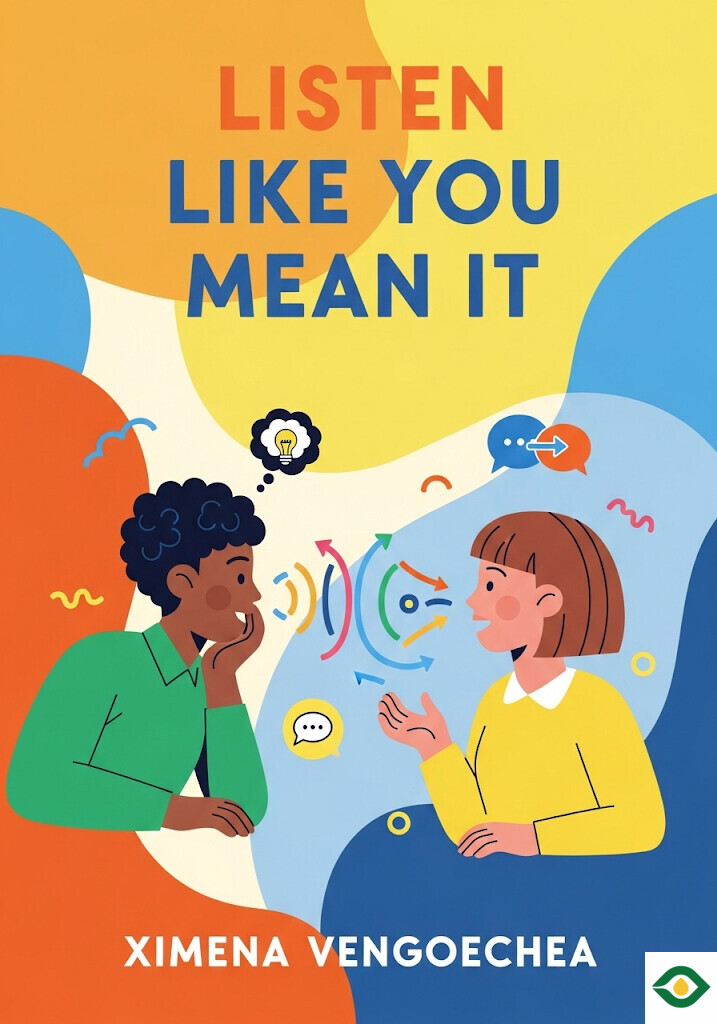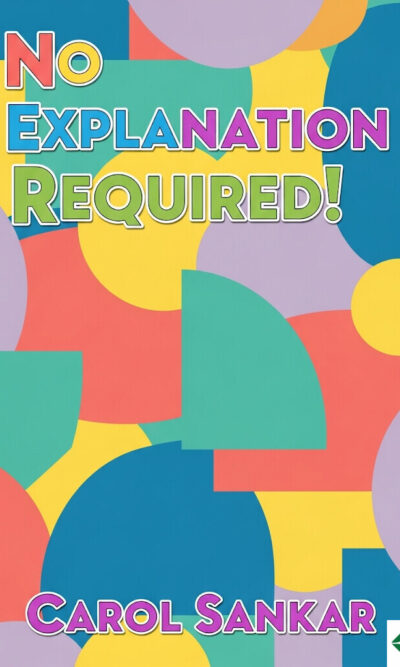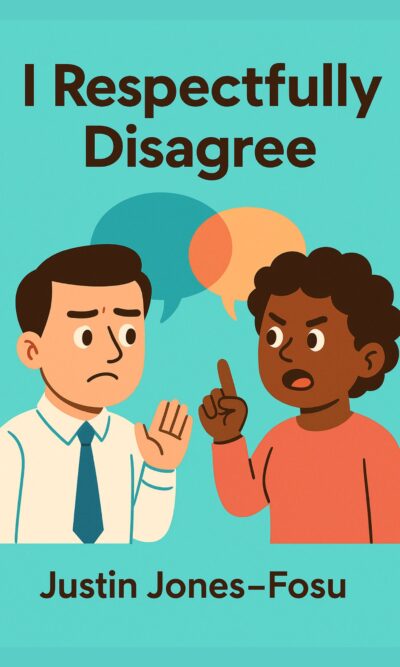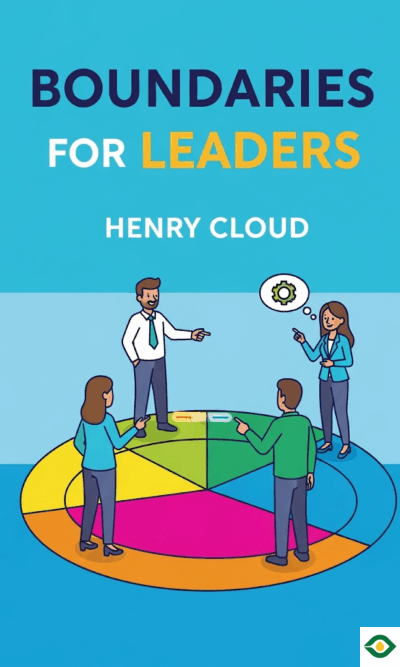Description
Most people believe they are good listeners. Yet often, we only half-listen. We catch the words but miss the feelings. We assume we know what someone means instead of really trying to understand. This leads to distance, confusion, and shallow connections. Real listening requires more than keeping quiet until the other person stops speaking. It demands focus, patience, empathy, and care.
Listening with full attention allows us to connect in meaningful ways. It means noticing both words and emotions. It means dropping assumptions and opening ourselves up to what the other person is truly saying. In a world full of distractions, learning to listen with empathy is one of the most valuable skills we can develop.
One common mistake is what can be called surface listening. This is when we hear the literal words but not the deeper meaning. We nod, interrupt, or offer quick advice without checking if we really understand. Imagine someone sharing their struggles, and we immediately respond with, “I know exactly how you feel, that happened to me too.” In that moment, we make the conversation about ourselves rather than them. Surface listening blocks trust.
The alternative is empathetic listening. This means pausing our own perspective and trying to see the world through the other person’s eyes. Empathetic listening is fueled by three qualities: empathy, humility, and curiosity. Empathy is imagining what the other person feels without centering our own experiences. Humility reminds us that we don’t have all the answers and should not judge. Curiosity pushes us to ask questions that draw out more meaning instead of shutting down the conversation. Together, these qualities create a listening loop: when people feel truly heard, they open up more, and this openness deepens the bond between both sides.
Being present is another core element. We cannot listen well if our mind is elsewhere. Our energy levels, mood, and attention shape the quality of a conversation. For example, if we are hungry, exhausted, or distracted, we may miss key details or appear uninterested. In these cases, honesty helps. Simply saying, “I’m a bit drained right now, could we continue later?” often works better than pretending to be attentive.
Equally important is observing the other person’s signals. Words are only one part of communication. Tone of voice, pauses, posture, and facial expressions often reveal more than sentences do. Someone may say “I’m fine,” but with downcast eyes and a tense voice. If we only take the words literally, we miss the truth. By noticing such signals, we can gently invite honesty: “It sounds like something’s on your mind—want to share?” Being present means being alert to these hidden layers.
Each of us also has a default listening style. Some of us are explainers, eager to provide solutions. Others are identifiers, constantly relating everything back to our own experiences. Some are interviewers, who ask endless questions but rarely share anything of themselves. None of these roles is wrong, but they may not always match what the other person needs. A friend grieving may not want analysis or advice; they may only want a quiet presence. The key is to notice what the other person truly seeks—comfort, recognition, solutions, or just space to speak—and then adjust our style to fit.
One way to unlock deeper conversations is through connecting questions. These are open-ended prompts that invite fuller responses. Questions starting with “what” or “how” often work best: “What was that like for you?” or “How did that make you feel?” They avoid yes-or-no answers and help people explore their feelings. Once someone shares, we can check our understanding by summarizing: “It sounds like you’re stressed because of the workload—am I getting that right?” Such summaries show that we are not just hearing but also processing their meaning, while giving them the chance to clarify.
Flexibility is also key. Conversations do not always follow neat scripts. Sometimes, the best way forward is to let go of control and allow dialogue to flow naturally. One useful tool here is the phrase “yes, and…” borrowed from improv theater. Instead of shutting down unexpected turns, we build upon them. This keeps the exchange alive. Another powerful tool is silence. A brief pause often encourages someone to continue and reveal more. Though silence may feel uncomfortable, it gives space for honesty to emerge.
Still, not every conversation flows perfectly. Sometimes, discussions drift off-track or avoid the main issue. In those cases, gentle redirection helps. We can acknowledge the other person’s point while steering back to the purpose: “That’s important, and I’d like to return to what you mentioned earlier.” Done politely, redirection shows both respect and clarity.
Misunderstandings are also common because people come from different backgrounds, cultures, or communication habits. For example, some regions treat interruptions as rude, while in others it signals excitement. Even small signals, like “hm-hmm,” can mean different things depending on gender or culture. Recognizing these differences prevents unnecessary friction. When conversations feel tense, it’s useful to pause and remember that discomfort does not mean failure—it may simply mean both people are learning to understand each other better.
At times, however, conversations become toxic or drain us beyond what is healthy. In those moments, it’s wise to set boundaries and, if needed, exit gracefully. One method is time-boxing, where we set limits from the start, such as agreeing to talk for 30 minutes. Another is simply taking a pause when emotions run high: “I need a short break, this is heavy for me right now.” Protecting our emotional energy is not selfish; it ensures we can listen with full presence when it truly matters. After difficult conversations, recovery is also essential. A walk, rest, or alone time helps restore balance.
At its heart, listening is about care. It is not about fixing every problem or delivering perfect answers. It is about giving someone the gift of our full attention. In a noisy world where distractions compete constantly, this gift is rare and powerful. When people feel genuinely heard, they feel valued. That sense of value strengthens relationships, builds trust, and makes even ordinary interactions meaningful.
In the end, to listen like we mean it is to slow down, stay curious, and open our hearts. It means letting go of ego and assumptions, and entering each conversation with respect and empathy. This skill does not just improve communication; it transforms how we relate to others in every part of life—friendships, family, work, and love. By listening fully, we create space where honesty, warmth, and connection can grow.





